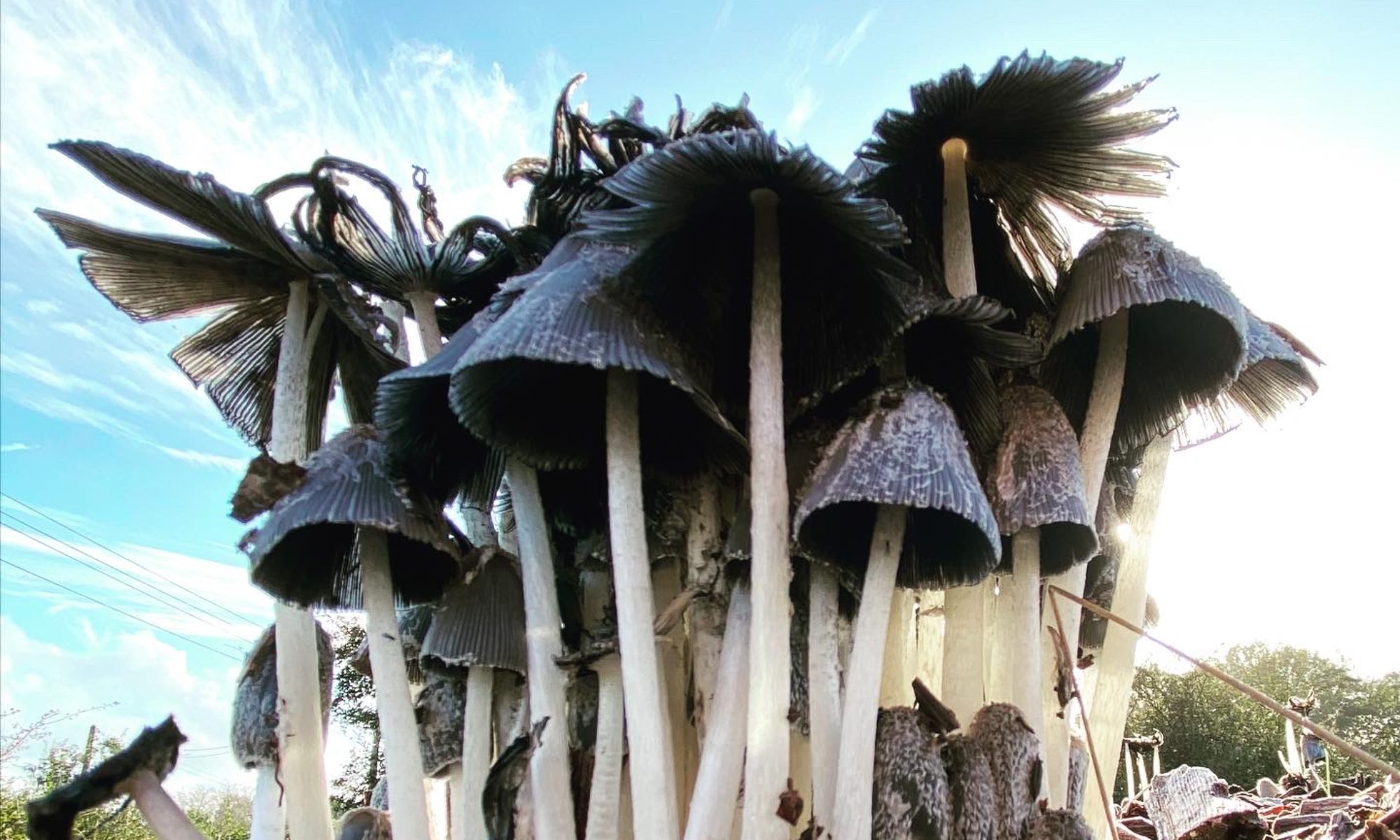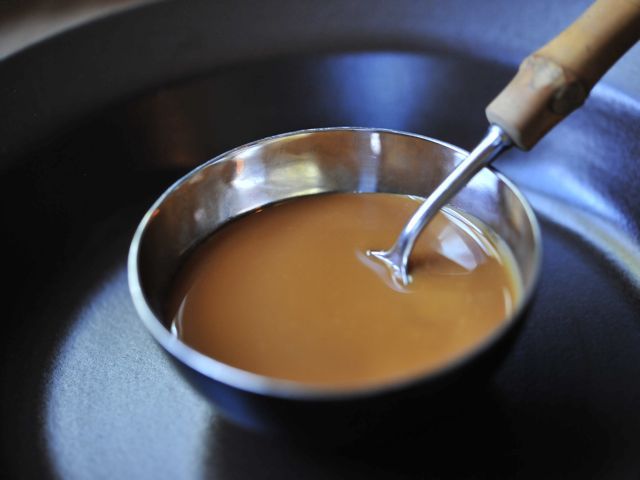Since becoming a goat-keeper of dairy goats I’ve had the pleasure of discovering all of the ways to use goat’s milk.
This recipe is the Mexican version of ‘dulce de leche’ it is pure decadence- and traditionally it uses goat’s milk instead of cow’s milk. Cajeta is a caramel made by slowly cooking and caramelizing sweetened milk. It is a common confectionary in South and Central America, especially Mexico.
It’s a bit of an indulgence to say the least as it takes quite a bit of milk, sugar, fuel and time! But I think you’ll find it’s worth it. Perhaps on a rainy Sunday morning when you’ll be near the kitchen for a few hours!
Cajeta
Start off with a quantity of goat’s milk (or cow’s milk if you prefer, or a mix!). Remember that the final product will be approximately 1/5th of what you start with. Add the milk to a heavy bottomed pot (I use an enamelled cast iron pot like Le Creuset) and turn it on to a medium heat. Keep at least 2-3 inches of space at the top of the pot in case the milk boils over. Stir regularly. Add 1 cup of brown sugar (organic and fair trade if possible) to each litre of milk and a half teaspoon of baking soda. Stir as its heating to avoid it burning on the bottom. Keep it at a steady simmer, not an angry boil or it will boil over or burn. I add vanilla extract and cinnamon to taste. Some might add rum.
Keep an eye on the mixture throughout, as it can easily boil over if left unattended. You may need to occasionally remove the pan from the heat to prevent the cajeta mixture from foaming over the sides of the pan.
After hours you can see how much the mixture has reduced and the more it reduces the more the simmer will increase even if you maintain it in the same level of heat, so you have to moderate and reduce the heat.
You know the Cajeta is ready when: It achieves a caramel brown color; it is thick as liquid caramel or syrup; it envelops the back of the spoon; when you gently stir across the pot with your wooden spoon, a slightly delayed trail behind the spoon appears, revealing the bottom of the pot if only for a few seconds; as you slowly lift up the wooden spoon or spatula, Cajeta takes it’s time to drop and lastly, the sides of the pot show how the Cajeta has cooked down and if you run your spoon across that side, you get a fudgy (and delicious) residue.
When the mixture coats the back of a spoon, its ready. Bottle it up immediately hot into warm sterilised jam jars (I use small ones as its so rich) turn it upside down to create a vacuum seal.
Let it cool, and take note that it will thicken as it cools.
Cajeta is not only decadent and luxurious, it is also ideal for using with… everything! crepes, pancakes, ice cream, yogurt, to dip fruit in, (try with strawberries) or even just smeared on a slice of toast. I’ve even added a spoonful to a coffee to be used like sweetened condensed milk or like a caramel latte. You can make tiny banoffee pies by covering a graham cracker or digestive biscuit in caramel and topping with freshly cut banana rounds. I top it off with some thickly strained goats greek yogurt. Amazing! The best way of all: just dip a big teaspoon and lick straight from the spoon!


